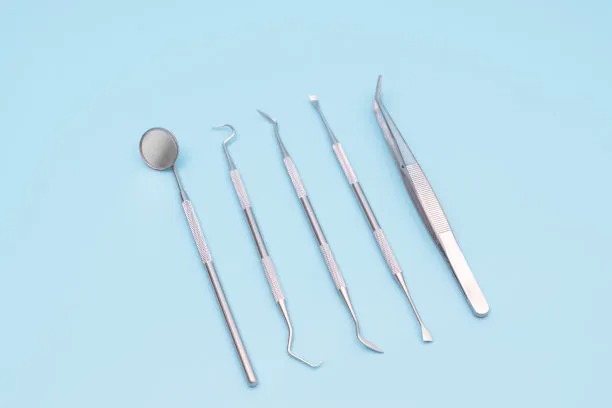Essential Guidelines to Follow Before and After Receiving a Dental Filling for Optimal Oral Health
Summary: Receiving a dental filling can significantly enhance oral health, but it requires attention before and after the procedure to ensure optimal results. This article lays out essential guidelines for patients, focusing on preparation before the filling, what to expect during the procedure, aftercare practices essential for healing, and signs of complications that may arise. By following these guidelines, patients can experience a smoother recovery and maintain long-term oral health.
1. Preparation Before Your Dental Filling

Before receiving a dental filling, it is crucial to schedule a consultation with your dentist. This appointment will not only help the dentist assess the extent of decay but also determine the most suitable type of filling material. Discuss any allergies or sensitivities you may have, such as reactions to dental materials. Proper communication can significantly influence the success of your treatment.
Another important preparation step is to ensure your dental insurance covers the procedure. Knowing about your financial responsibilities ahead of time will alleviate some anxiety. Contact your insurance provider and understand the breakdown of costs for different materials used in fillings, as this can also aid in decision-making.
You should also prepare yourself mentally for the procedure. If you have dental anxiety, consider discussing it with your dentist ahead of time. They may offer sedation options or additional support to make your experience more comfortable. Preparing a list of questions to ask during your consultation can also help clarify any concerns you may have.
2. Understanding the Procedure Itself
During the dental filling procedure, it’s typically a straightforward process that includes anesthesia, tooth preparation, filling, and finally, polishing the surface. The dentist will first administer a local anesthetic to numb the affected area, ensuring you are comfortable throughout the procedure. Understanding this step helps alleviate fear and anxiety related to pain.
After anesthesia, the dentist will remove any decay from the tooth. This step is crucial, as leaving decayed tissue can lead to further issues down the line. Modern technology often allows for quicker and more efficient removal processes, such as laser treatments. Knowing what happens during this step can provide peace of mind, as it may seem daunting at first.
Once the cavity is clean, your dentist will then fill the space with the chosen filling material, which can vary from amalgam to composite resin. Each type has its advantages, so discussing the benefits and drawbacks of each material with your dentist can help you understand what is being used and why. The procedure concludes with polishing for a smooth finish, further enhancing comfort and functionality.
3. Aftercare Practices Essential for Healing
Once you have received your dental filling, aftercare is vital for both healing and longevity. The initial 24 hours after your filling are particularly crucial. It is recommended to avoid eating hard or sticky foods, as these can disturb the filling or cause discomfort. Soft foods are advisable during this recovery period.
Additionally, maintaining proper oral hygiene remains essential. Brush your teeth gently while avoiding the filled area initially to prevent discomfort. Gradually, you can incorporate gentle brushing as the area heals. Its also a good idea to wait at least 24 hours before flossing in the filled area to give the material time to set.
Moreover, keep an eye on the filled area for the next few days. Some sensitivity is normal, but if you experience severe pain, swelling, or prolonged discomfort, contact your dentist. These could indicate complications that require prompt attention, ensuring that any issues are resolved before they worsen.
4. Recognizing Signs of Complications
Despite careful preparation and aftercare, it is important to recognize the signs of complications after receiving a dental filling. One common issue is localized swelling or persistent pain that does not subside after a few days. Such symptoms can indicate irritation or an underlying infection, warranting a follow-up visit to ensure that everything is healing appropriately.
Furthermore, changes in the way your bite feels can signal a problem. If you notice that your bite feels uneven or if the filled tooth is sensitive to pressure, contact your dentist for an assessment. Misalignment can be corrected with minor adjustments, preventing discomfort and potential further dental issues.
Finally, if you experience fever or swelling in other facial areas, it may indicate a systemic infection. In such cases, seek dental care immediately. Early intervention is crucial in preventing more serious health complications from developing.
Summary:
In conclusion, proper guidelines before and after receiving a dental filling are critical for optimal oral health. From preparation to understanding the procedure and practicing aftercare, each phase contributes to the fillings success and longevity. Recognizing when to seek further assistance can also play a key role in maintaining dental health.
This article is compiled by Vickong Dental and the content is for reference only.



